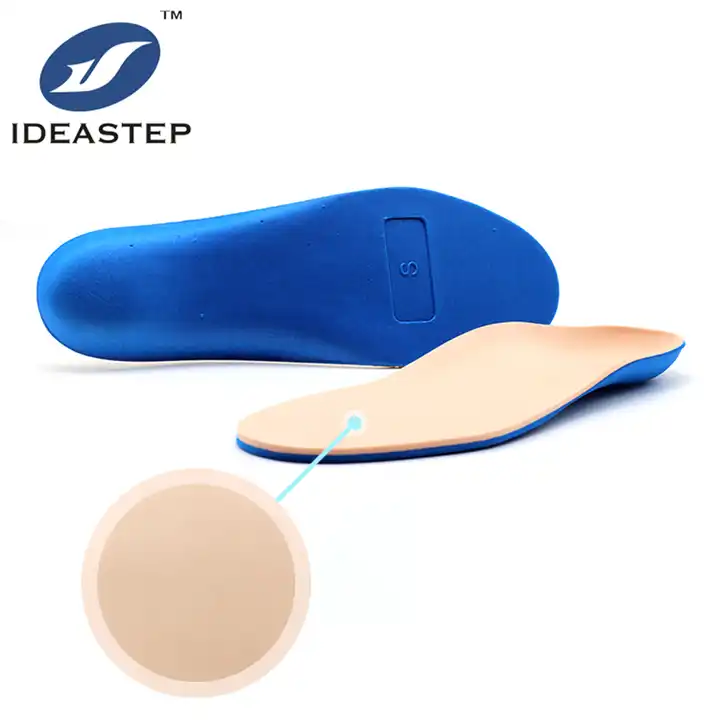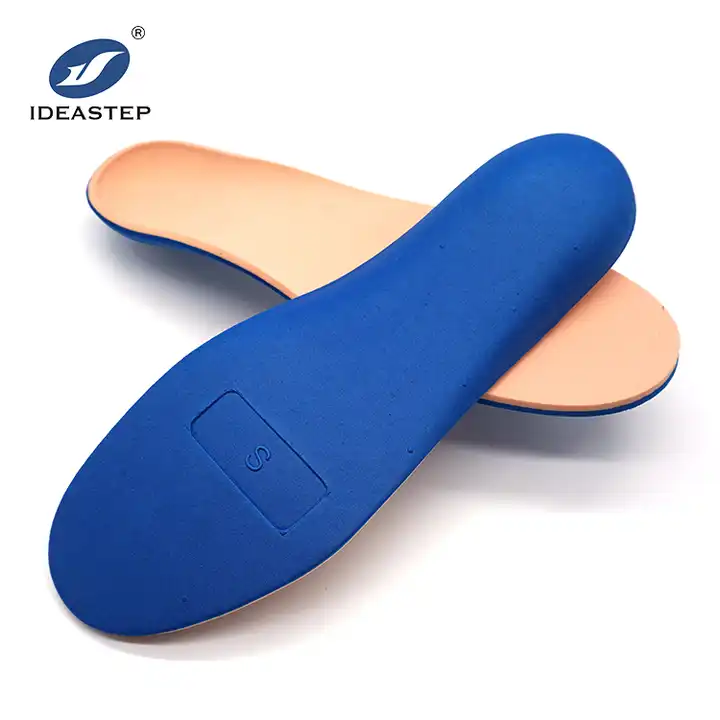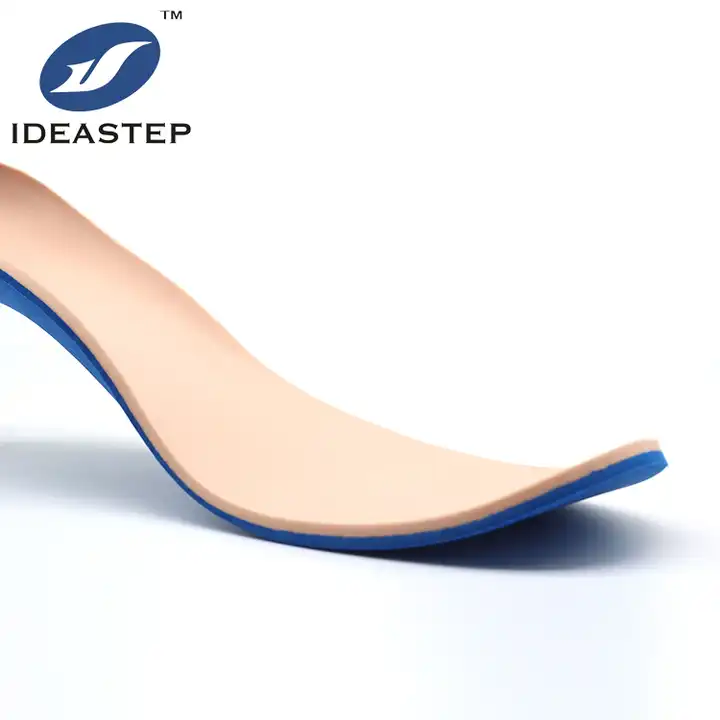Diabetic insoles play a crucial role in managing diabetes-related foot complications. These specialized insoles help prevent common issues such as ulcers and neuropathy by providing enhanced cushioning, support, and pressure distribution, ultimately contributing to better foot health and overall quality of life for individuals with diabetes.
Why Diabetic Insoles Are Essential for Managing Diabetes-Related Foot Complications
Diabetes can lead to a range of foot complications due to poor circulation and neuropathy, which often result in ulcers, infections, and even amputations if not properly managed. Diabetic insoles are specifically designed to address these issues by offering enhanced support, cushioning, and pressure relief. This article explores why diabetic insoles are essential for managing diabetes-related foot complications and how they contribute to improved foot health and overall well-being.

1. Understanding Diabetes-Related Foot Complications
Diabetes-related foot complications are a result of two primary issues: peripheral neuropathy and poor circulation. Peripheral neuropathy can lead to a loss of sensation in the feet, making it difficult for individuals to detect injuries or abnormalities. Poor circulation reduces blood flow to the extremities, slowing the healing process and increasing the risk of infections. These conditions make the feet more susceptible to ulcers, calluses, and other complications, which can significantly impact quality of life.
2. Enhanced Cushioning for Pressure Relief
One of the key benefits of diabetic insoles is their enhanced cushioning. These insoles are designed to absorb and distribute pressure more evenly across the foot, reducing the risk of pressure points that can lead to ulcers and sores. Materials such as gel, foam, or specialized cushioning materials are used to provide a soft, supportive layer that helps minimize the impact on sensitive areas of the foot.

3. Improved Pressure Distribution
Diabetic insoles are engineered to improve pressure distribution, which is crucial for individuals with diabetes. By redistributing pressure away from high-risk areas, these insoles help prevent the formation of pressure ulcers and other complications. Customizable insoles can be tailored to fit the specific contours of an individual’s feet, further enhancing pressure relief and comfort.
4. Support for Proper Foot Alignment
Proper foot alignment is essential for preventing complications related to diabetes. Diabetic insoles often feature built-in arch support and heel stabilization to ensure that the feet are correctly aligned within the footwear. This support helps to reduce strain on the feet and lower limbs, improving overall gait and reducing the risk of injuries and discomfort.

5. Moisture Management and Breathability
Moisture management is a critical factor in preventing foot infections, which are common among individuals with diabetes. Diabetic insoles often incorporate moisture-wicking properties to keep the feet dry and reduce the risk of fungal and bacterial infections. Breathable materials are used to promote airflow and prevent excessive sweating, contributing to a healthier foot environment.
6. Customizable Solutions for Individual Needs
Diabetic insoles can be customized to meet the specific needs of each individual. Customizable insoles can address particular foot conditions or abnormalities, providing targeted support and cushioning. Custom orthotics can be designed based on detailed foot assessments, ensuring that the insoles offer the best possible fit and functionality for managing diabetes-related foot complications.

7. Prevention of Foot Injuries
Prevention is key when it comes to managing diabetes-related foot complications. Diabetic insoles help prevent injuries by providing additional cushioning and support that protect the feet from impact and pressure. Regular use of diabetic insoles can significantly reduce the risk of foot injuries, ulcers, and infections, contributing to better overall foot health.
8. Comfort and Quality of Life
Comfort is a major factor in the quality of life for individuals with diabetes. Diabetic insoles are designed to enhance comfort by reducing pressure points and providing a supportive and cushioned environment for the feet. Improved comfort can lead to increased mobility and a higher quality of life, allowing individuals to engage in daily activities with greater ease and less discomfort.
9. Consultation with Healthcare Professionals
It is important for individuals with diabetes to consult with healthcare professionals, such as podiatrists or orthotists, when selecting diabetic insoles. Healthcare professionals can provide valuable guidance on choosing the most appropriate insoles based on individual needs and foot conditions. They can also recommend specific features and materials that will best support the management of diabetes-related foot complications.
10. Conclusion
Diabetic insoles are a vital tool in managing diabetes-related foot complications. By offering enhanced cushioning, improved pressure distribution, and support for proper foot alignment, these insoles help prevent ulcers, injuries, and infections. Customizable solutions and moisture management features further contribute to overall foot health and comfort. Regular use of diabetic insoles, along with professional guidance, can significantly improve the quality of life for individuals with diabetes.
FAQ
Why are diabetic insoles important for individuals with diabetes?
Diabetic insoles are important because they provide enhanced cushioning, pressure relief, and support, which help prevent common foot complications associated with diabetes, such as ulcers and infections. They also offer features for moisture management and proper alignment to improve overall foot health.
What materials are commonly used in diabetic insoles?
Common materials used in diabetic insoles include gel, foam, silicone, and specialized cushioning materials. These materials are chosen for their ability to provide effective cushioning, support, and pressure distribution.
How can I choose the right diabetic insoles for my needs?
Consult with healthcare professionals, such as podiatrists or orthotists, to determine the most suitable insoles for your specific needs. They can provide recommendations based on your foot condition, activity level, and any particular requirements for support and cushioning.

